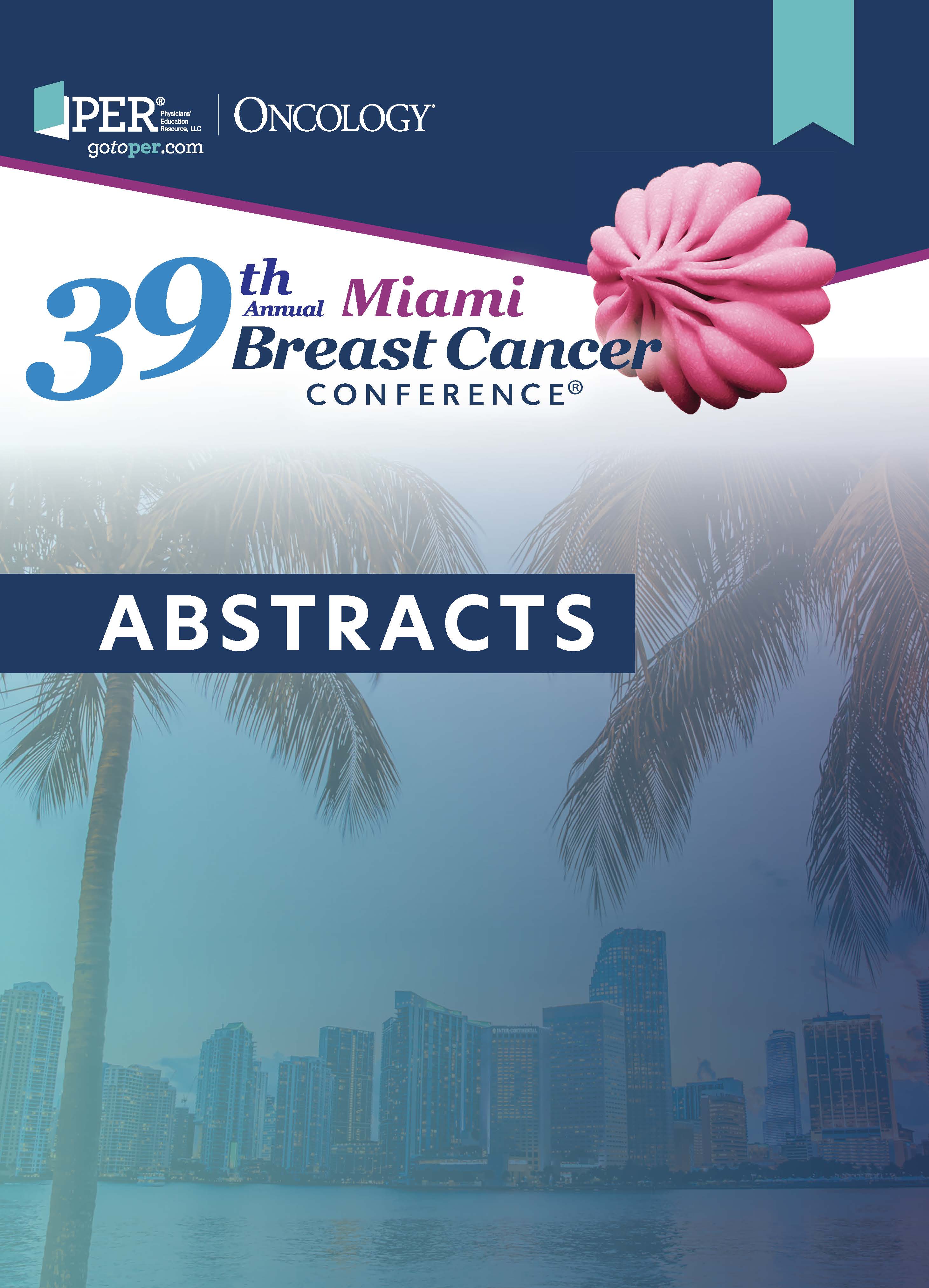7 TiP Randomized, Multicenter, International Phase 3 ARTEST Study to Evaluate the Efficacy and Safety of Enobosarm Versus Active Control for the Treatment of AR+, ER+, HER2– Metastatic Breast Cancer in Patients Who Previously Received an Estrogen-Blocking Agent and CDK4/6 Inhibitor
Background/Significance
Targeting the androgen receptor (AR) may be the next important endocrine therapy for women with advanced breast cancer. AR, the most abundantly expressed steroid receptor in breast cancer, has been demonstrated to be a tumor suppressor when activated. Enobosarm is an oral, selective AR-targeting agonist that activates the AR in breast cancer. Enobosarm has an extensive clinical experience in 25 clinical trials and 1450 dosed subjects, including in 2 phase 2 studies conducted in women(158 subjects) who had AR-positive (AR+), estrogen receptor–positive (ER+), HER2-negative (HER2–) metastatic breast cancer (mBC). An open-label, parallel-design, phase 2 study was conducted in women with heavily pretreated ER+, HER2– mBC who were randomized to daily oral enobosarm at a dose of 9 mg or 18 mg. The evaluable group were patients who were AR+ (> 10% AR nuclear staining). The primary end point was clinical benefit rate (CBR) at 24 weeks. The CBRs at 24 weeks were 32% with the 9-mg dose and 29% with 18 mg. Median duration of clinical benefit was not reached in the 9-mg group (range, 8.2 months to not reached) and 14.1 months for the 18-mg group (range, 11-16.5 months). A post hoc AR expression subset analysis conducted in the intent-to-treat population who had measurable disease at baseline revealed that the best overall response rate (ORR) was significantly higher in patients with 40% or greater AR nuclear staining versus those less than 40%, at 34% and 2.7%, respectively (P = .0003). CBR at 24 weeks was significantly higher for those with 40% or greater AR nuclear staining versus less than 40%, at 52% and 14%, respectively (P <.0004). Median radiographic progression-free survival (PFS) for 40% or greater AR was 5.47 months (95% CI, 2.83-11.13) versus
2.73 months for less than 40% AR (95% CI, 2.63-2.80;
P <.001). Overall, treatment with enobosarm was well tolerated with significantly positive effects on quality-of-life measurements.
Design and Methods
The ARTEST trial (NCT04869943) is a phase 3, multicenter, international, randomized, open-label, 2 treatment–arm efficacy and safety study. Approximately 210 subjects with AR+, ER+, HER2– mBC and with AR nuclei staining of 40% or greater are being randomized 1:1 to either enobosarm 9-mg oral daily dose or an active comparator (either exemestane, everolimus [Afinitor], or a selective estrogen receptor modulator; physician’s choice). Subjects are being treated until disease progression or an unacceptable adverse event is observed. The primary end point of the study is imaging-based progression-free survival as measured by RECIST 1.1. The secondary objectives/end points of this study include the objective response rate, duration of response, overall survival, change from baseline in Short Physical Performance Battery (SPPB), and change in European Organisation for Research and Treatment of Cancer Quality of Life Questionnaire (EORTC-QLQ).
Status
The study is currently ongoing, and it is anticipated that enrollment will be completed this year.
Author Affiliations:
Adam Brufsky,1 Hannah Linden,2 Hope S. Rugo,3,4 Joyce A. O’Shaughnessy,5 Robert H. Getzenberg,6 K. Gary Barnette,6 Domingo Rodriguez,6 Mitchell Steiner,6 Erica Mayer7
1Magee-Womens Hospital, University of Pittsburgh Medical Center, Pittsburgh, PA
2University of Washington/Seattle Cancer Care Alliance, Seattle, WA
3University of California, San Francisco, San Francisco, CA
4Miami Cancer Institute, Baptist Health, Miami, FL
5Baylor University Medical Center, Texas Oncology, US Oncology, Dallas, TX
6Veru Inc, Miami, FL
7Dana Farber Cancer Institute, Boston, MA
